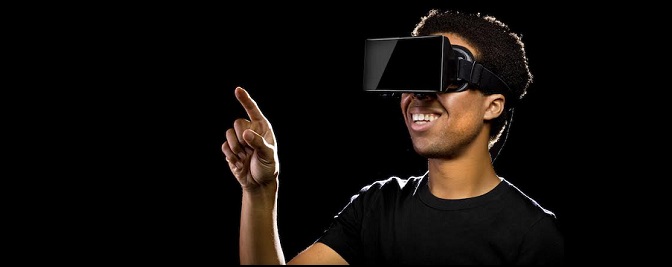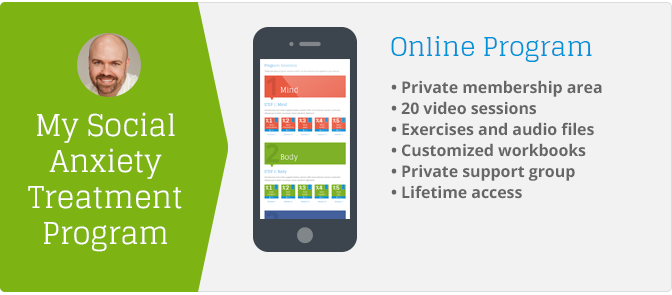A Virtual Approach to Treating Social Anxiety

Because the basis of the continuation of social anxiety is avoidance, most treatments include confronting the triggers for those anxieties or phobias (some of you reading this will know just what I am talking about here).
The issue for therapists (me included) then becomes finding a method for helping people with social anxiety into situations where they are exposed to their fears without causing them too much discomfort or exposing them to specific dangers – and it can be more challenging than you think.
Methods used include visualisation, during which anyone who has phobias or social anxiety are asked to create a mental image of scenarios, or real life exposure to their triggers (something which is called ‘in vivo exposure’).
The issues with these methods is that some people – for example those with autism – often find it difficult to imagine their phobias, and tests have shown a drop-out rate of around 25% for in vivo exposure because it is so confrontational. Certain scenarios, such as anxiety caused by driving or experiencing turbulence in an aircraft, are also, of course, very difficult to arrange safely in a real-life situation.
Enter virtual reality …
Advances in virtual reality have created a third method (known as ‘in virtuo exposure’), which allows someone to confront their phobia or anxiety in the safe environment of a therapist’s room, while also exposing them to a computer-generated environment which stimulates their senses.
Because virtual reality is also being controlled both by the therapist and the patient, the intensity of the experience can be both less overwhelming than a real world encounter and, potentially, more realistic than visualisation. It also allows the treatment to be more creative in exploring underlying health-related issues.
An added bonus is that a patient who doesn’t want to reveal their treatment to the community is able to experience their triggers without having to go out in public.
During a recent interview with The Guardian newspaper in the UK, Stephane Bouchard, a psychologist at the University of Quebec described two virtual reality treatments:
1. The first is an immersive room called a “cave” which allows the therapist to retain full control of the scenario and give guidance to the patient.
“We can create 3D projections which float in front of the patient just like in the movie theatre,” Bouchard said. “But there you can always remember you’re not on the planet Avatar because you can see the surrounding people. In the cave, there are six sides and images are coming from all of them. So you have no point of reference with the physical reality as the only thing you notice is the visual stimuli.”
2. The second is “augmented reality” using technology such as Google Glass to add virtual stimuli to the physical world.
“It’s a short cut for us because we only need to develop the stimuli, not the whole surroundings,” Bouchard said. “But it only works with things like objects or a few people. If you’re afraid of flying you need to think you’re in an aeroplane so I would need to replace the whole physical reality by the virtual reality.”
…
Of course, virtual reality treatments are just a bridge and it’s important to keep trying to engage with reality, even if it’s only in small ways. And of course my online program for social anxiety can help: both in virtual and real world ways!
All the best, Kyle
Next post: 10 Tips About Social Anxiety and Diet
Previous post: So, You Want To Be Invisible?


